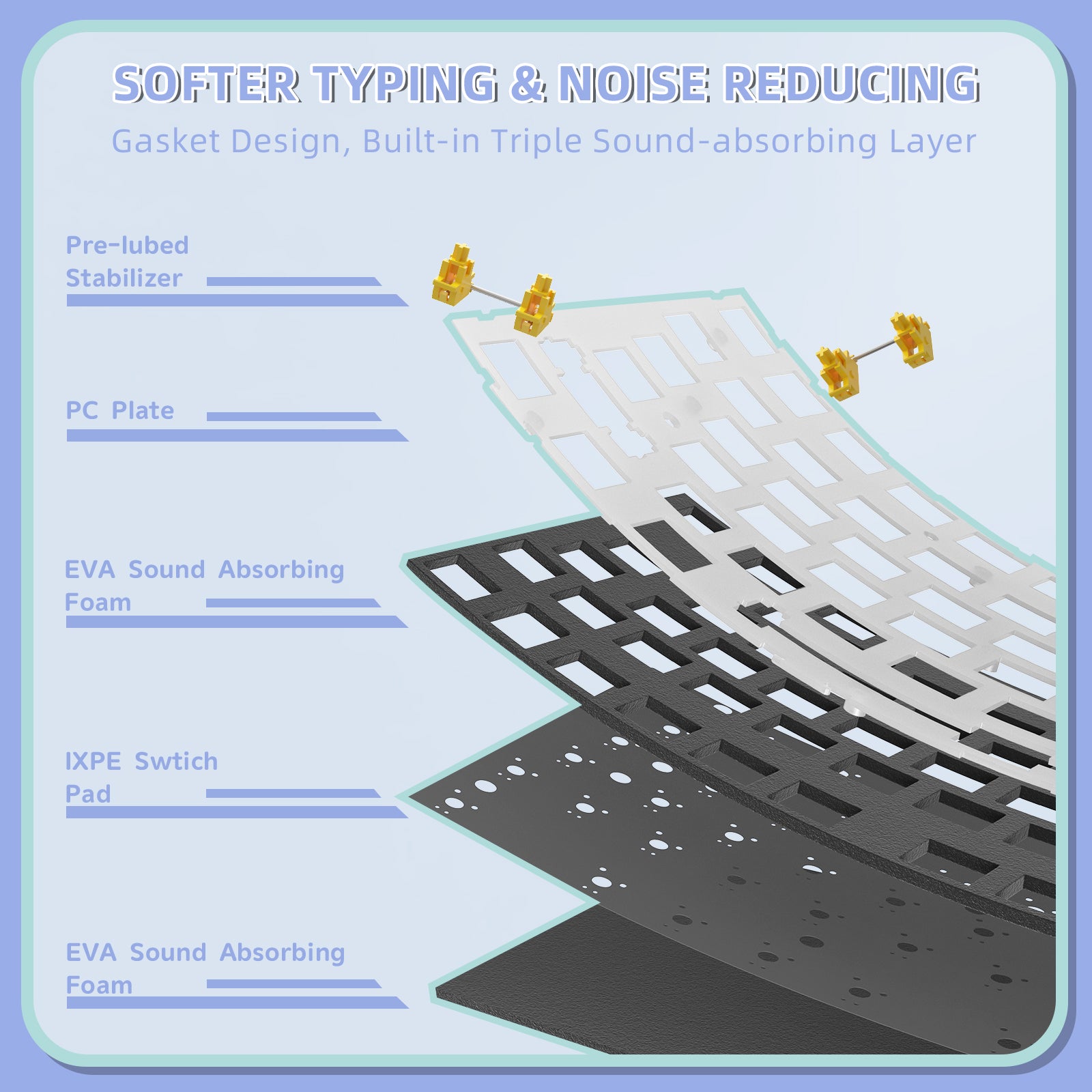In the digital age, the importance of a good typing experience cannot be overstated. Tactile-feedback keyboards have emerged as a popular choice among typists, gamers, and professionals alike. But what exactly are these keyboards, and how do they enhance our typing experience? This article delves into the evolution of tactile-feedback keyboards, their benefits, and their impact on productivity.

Understanding Tactile-Feedback Keyboards
Tactile-feedback keyboards are designed to provide users with a physical response when a key is pressed. This feedback can come in the form of a slight bump or resistance, allowing typists to feel when a key has been actuated. This feature is particularly beneficial for those who rely on touch typing, as it reduces the need to visually confirm each keystroke.
Benefits of Tactile-Feedback Keyboards
- Improved Typing Speed: The tactile feedback allows users to type faster by reducing the chances of accidental key presses.
- Enhanced Accuracy: With a clear indication of key actuation, typists can achieve greater accuracy in their work.
- Comfortable Experience: Many users find that tactile-feedback keyboards are more comfortable for extended typing sessions.
- Customizable Options: Various models offer different levels of feedback, catering to individual preferences.
The Evolution of Keyboard Technology
The journey of tactile-feedback keyboards began with the traditional mechanical keyboards. These early models featured individual switches for each key, providing a satisfying click with every press. As technology advanced, manufacturers began to innovate, introducing membrane keyboards and scissor-switch keyboards. However, many users missed the tactile feedback that mechanical keyboards offered.
Today, the market is flooded with options, from high-end mechanical keyboards to more affordable models that still provide tactile feedback. This evolution has made tactile-feedback keyboards accessible to a broader audience, enhancing the typing experience for everyone.
Choosing the Right Tactile-Feedback Keyboard
When selecting a tactile-feedback keyboard, consider the following factors:
- Switch Type: Different switches offer varying levels of tactile feedback and sound. Research the options available to find one that suits your typing style.
- Build Quality: A well-constructed keyboard can enhance durability and performance.
- Ergonomics: Look for keyboards designed with comfort in mind, especially if you type for long periods.
For those interested in exploring a wide range of tactile-feedback keyboards, visit  to find the perfect fit for your needs.
to find the perfect fit for your needs.
Conclusion
In conclusion, tactile-feedback keyboards have significantly evolved, enhancing the typing experience for users around the globe. Their unique design offers numerous benefits, including improved speed and accuracy. As technology continues to advance, we can expect even more innovations in this space, making typing a more enjoyable and efficient experience for everyone.













